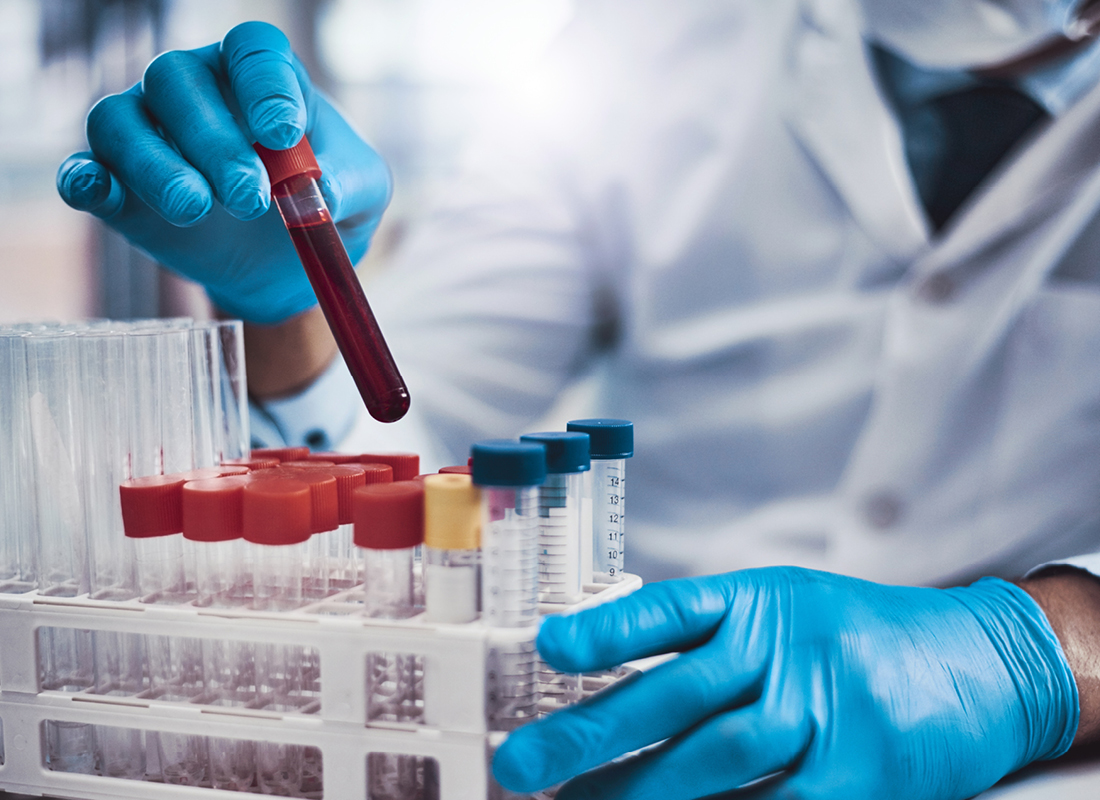New Study Suggests Blood Testing May Be Capable of Diagnosing PTSD
As post-traumatic stress disorder (PTSD) becomes more widespread, it may be becoming easier to diagnose. A new study suggests that it may soon be possible to detect PTSD by using a quick blood test instead of current diagnosis methods which rely on the results of complex psychological tests. The PTSD Diagnostic Challenge PTSD is precipitated by experiencing or witnessing actual or threatened death, serious injury or violence. Symptoms include re-experiencing, avoidance, negative thoughts or moods associated with the traumatic event and hyperarousal. War veterans exposed to combat are particularly vulnerable to PTSD. Defense Department and Veterans Affairs researchers estimate that as many as 25 percent of the individuals who served in combat zones in Iraq or Afghanistan suffer from PTSD. Current methods of PTSD identification rely on self-reported symptoms and psychological testing. However, diagnosis is problematic due to biases in self-disclosure of symptoms, stigma within military populations, and limitations identifying those at risk. Personalized treatment selection is limited by errors of omission (failing to identify individuals who would likely benefit from a specific behavioral or biological treatment) and errors of commission (treating individuals who are unlikely to benefit from a specific treatment), in part because of the lack of validated diagnostic […]

As post-traumatic stress disorder (PTSD) becomes more widespread, it may be becoming easier to diagnose. A new study suggests that it may soon be possible to detect PTSD by using a quick blood test instead of current diagnosis methods which rely on the results of complex psychological tests.
The PTSD Diagnostic Challenge
PTSD is precipitated by experiencing or witnessing actual or threatened death, serious injury or violence. Symptoms include re-experiencing, avoidance, negative thoughts or moods associated with the traumatic event and hyperarousal. War veterans exposed to combat are particularly vulnerable to PTSD. Defense Department and Veterans Affairs researchers estimate that as many as 25 percent of the individuals who served in combat zones in Iraq or Afghanistan suffer from PTSD.
Current methods of PTSD identification rely on self-reported symptoms and psychological testing. However, diagnosis is problematic due to biases in self-disclosure of symptoms, stigma within military populations, and limitations identifying those at risk. Personalized treatment selection is limited by errors of omission (failing to identify individuals who would likely benefit from a specific behavioral or biological treatment) and errors of commission (treating individuals who are unlikely to benefit from a specific treatment), in part because of the lack of validated diagnostic and prognostic markers.
The Study
Past studies have hinted at blood markers as a potential indicator of PTSD. The new study, which was published in the September issue of the Journal of Molecular Psychiatry, was a six-year project led by the NYU School of Medicine, the Harvard John A. Paulson School of Engineering and Applied Sciences and the U.S. Army Medical Research and Development Command to evaluate this diagnostic potential more thoroughly.
The Methodology
The researchers tracked blood samples from 165 war-zone deployed veterans, all of them male, recruited from the Manhattan, Bronx and Brooklyn Veterans Affairs (VA) Medical Centers, as well as from other regional VA medical centers, veterans’ service organizations and the community. half of whom suffer from PTSD. The participants included 83 veterans of the Iraq and Afghanistan conflicts with confirmed PTSD and another 82 veterans serving as healthy controls. The researchers studied their medical histories and biochemistry, trimming down the list of potential identifying characteristics in their blood.
By measuring a large number of unbiased quantities, the team sought to determine which of them were associated with an accurate PTSD symptom diagnosis. The researchers tested nearly one million features with current genomic and other molecular tests and narrowed them to 28 markers, with the final group outperforming the larger groups in prediction accuracy.
The Findings
The team then applied their “PTSD blood test” to an independent group of veterans to see how well their new tool matched the diagnoses made previously using standard clinical questionnaires like the Clinician Administered PTSD Scale (CAPS). This comparison yielded a 77 percent accuracy figure. Researchers believe that is sufficient for a potential screening test, with doctors following up the results of the blood test with in-depth examinations to confirm the PTSD diagnosis.
Takeaway: This is the first time a coherent set of measures has been detected for using blood markers to identify PTSD. While work remains to further validate the findings, the study authors believe it holds tremendous promise as the first blood test that can screen for PTSD with a level of accuracy useful in the clinical setting.
Subscribe to Clinical Diagnostics Insider to view
Start a Free Trial for immediate access to this article